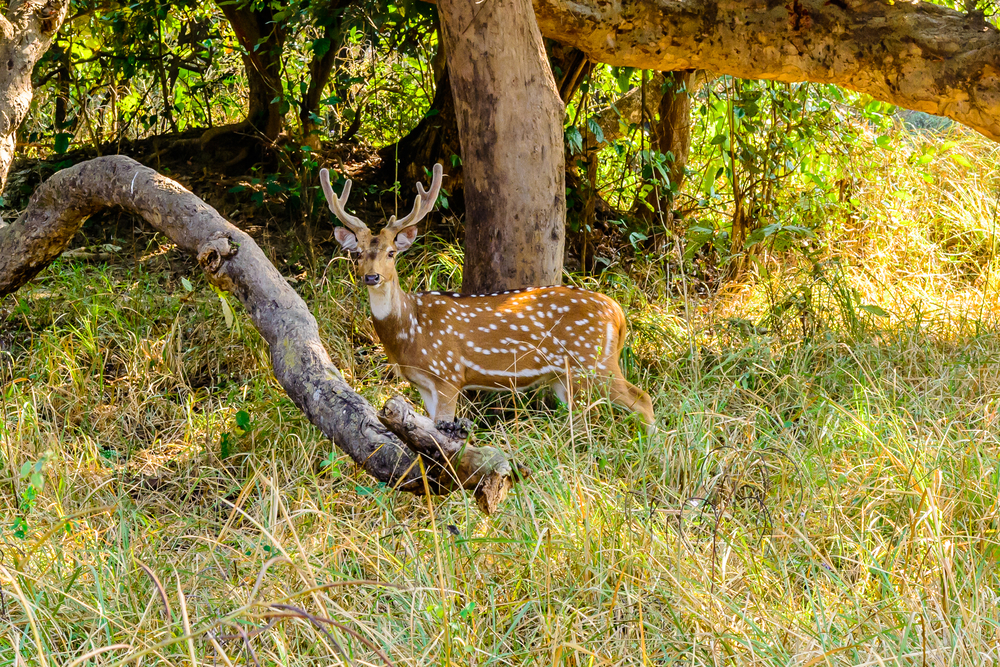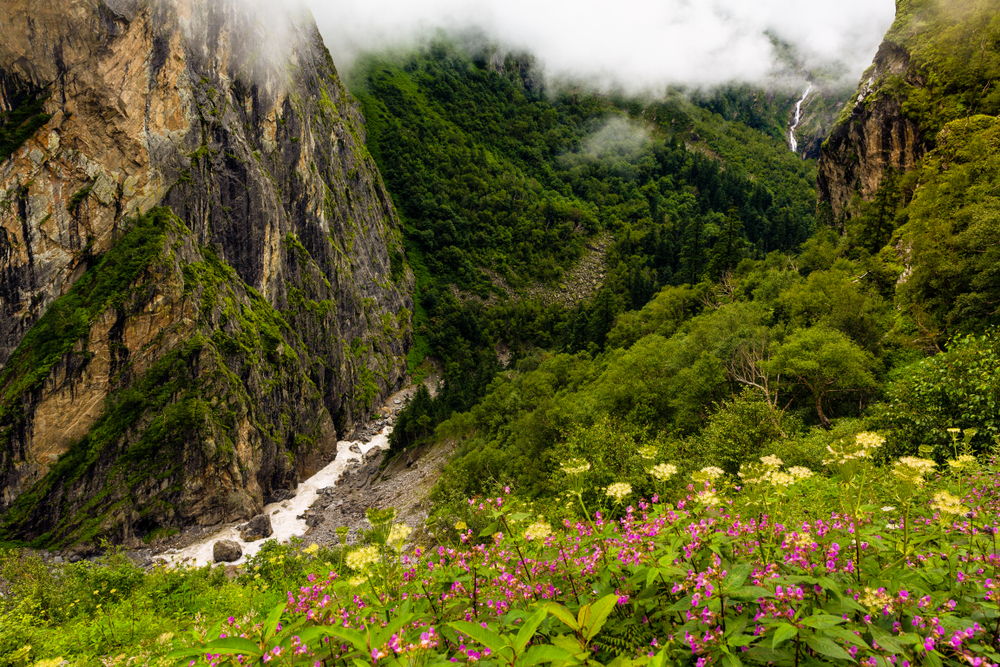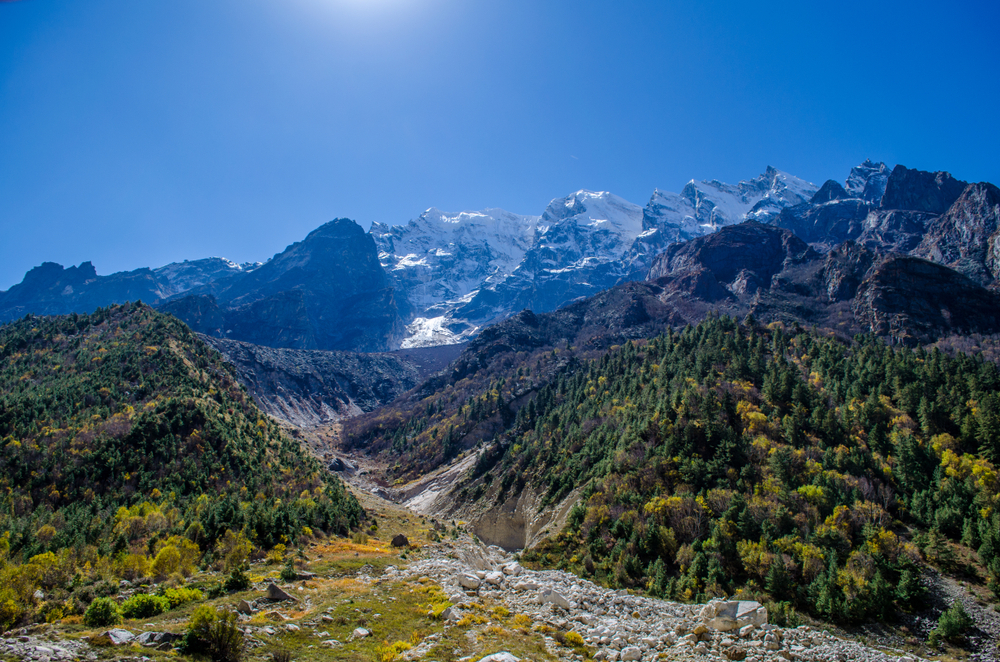Nanda Devi National Park, located in the northern state of Uttarakhand, India, is a UNESCO World Heritage Site renowned for its breathtaking natural beauty and rich biodiversity. Spread across an expansive area of over 630 square kilometers, the park is named after the imposing Nanda Devi peak, which stands at an awe-inspiring height of 7,816 meters (25,643 feet) and is the second-highest mountain in India.
This national park is a sanctuary for a diverse range of flora and fauna, many of which are endemic to the region. Towering coniferous forests, alpine meadows, and cascading waterfalls contribute to the park’s diverse ecosystems. The park is also home to a variety of wildlife species, including snow leopards, Himalayan tahr, musk deer, and numerous bird species. The elusive and endangered snow leopard, in particular, finds refuge in the rugged terrain of the Nanda Devi Biosphere Reserve, which encompasses the park.
Apart from its natural wonders, the park holds cultural significance for the local communities, with several sacred sites and traditional practices intertwined with the landscape. The rich cultural heritage of the region is closely linked to the spiritual beliefs associated with Nanda Devi, the patron goddess of the Kumaon region.





